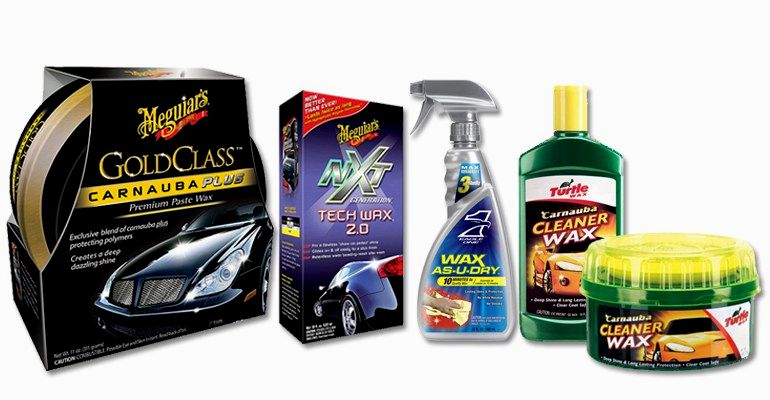In full-service carwashes like Car Spa, the preferred car wax is carnauba wax for good reasons. When properly and regularly applies, it creates a rich, warm and lustrous glow for your car’s exterior paint. Furthermore, it makes your car appear like it shimmers under sunlight and artificial light and, thus, makes it appear more attractive.
But do you know where carnauba wax comes from and how it’s processed from its raw material to its finished product?
Comes From a Palm Tree
The primary raw material of carnauba wax comes from a palm tree, known as the Brazilian tree of life. The wax is produced by the tree itself as a coating on its leaves that, in turn, provides protection from the sun’s sweltering heat.
Since the natural wax also repels rainwater when it hits the leaves, the rainwater falls to the ground and consequently absorbed by the tree’s roots. Think of it as the cycle of life in micro.
Combined with Other Substances
But you don’t rub the palm tree’s leaves on your car’s exterior to achieve a lustrous shine! Instead, the natural wax on the leaves have to be processed first before it can be directly applied on a vehicle. There’s also the fact that carnauba has a rock-hard quality that makes it unsuitable for direct application, much less rubbing, on painted metal surfaces.
The leaves are harvested and dried for further processing. The wax typically flakes off as the leaves become dry and the flakes are harvested. But the dry leaves can also be placed into a machine that removes the natural wax, which also comes off as hard flakes.
The flakes are combined with other substances to make them softer, as well as to bring out their shine and prolong their shelf life. The substances can include oils, solvents, and petroleum distillates; the most common solvent used is naptha, a substance also used as a thinner in paints and wood varnishes.
For this reason, carnauba wax isn’t pure in the sense that it also contains other ingredients aside from natural carnauba. The best contains about 1/3 natural carnauba and it will often be the most expensive. The ones with lower concentrations of natural carnauba have a cheaper price.
The quality of the carnauba wax also depends on the grade of the leaves from which the wax was harvested. The leaves are graded according to their place of origin, as well as their color and purity. In general, leaves harvested from trees grown in Brazil’s northern are have the highest grade; the yellow wax is the purest and, thus, it has the highest grade.
